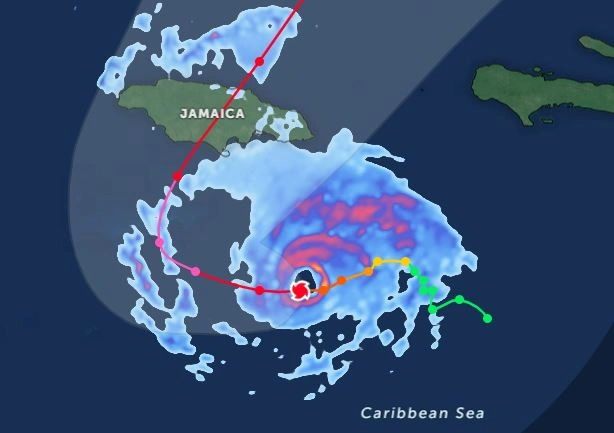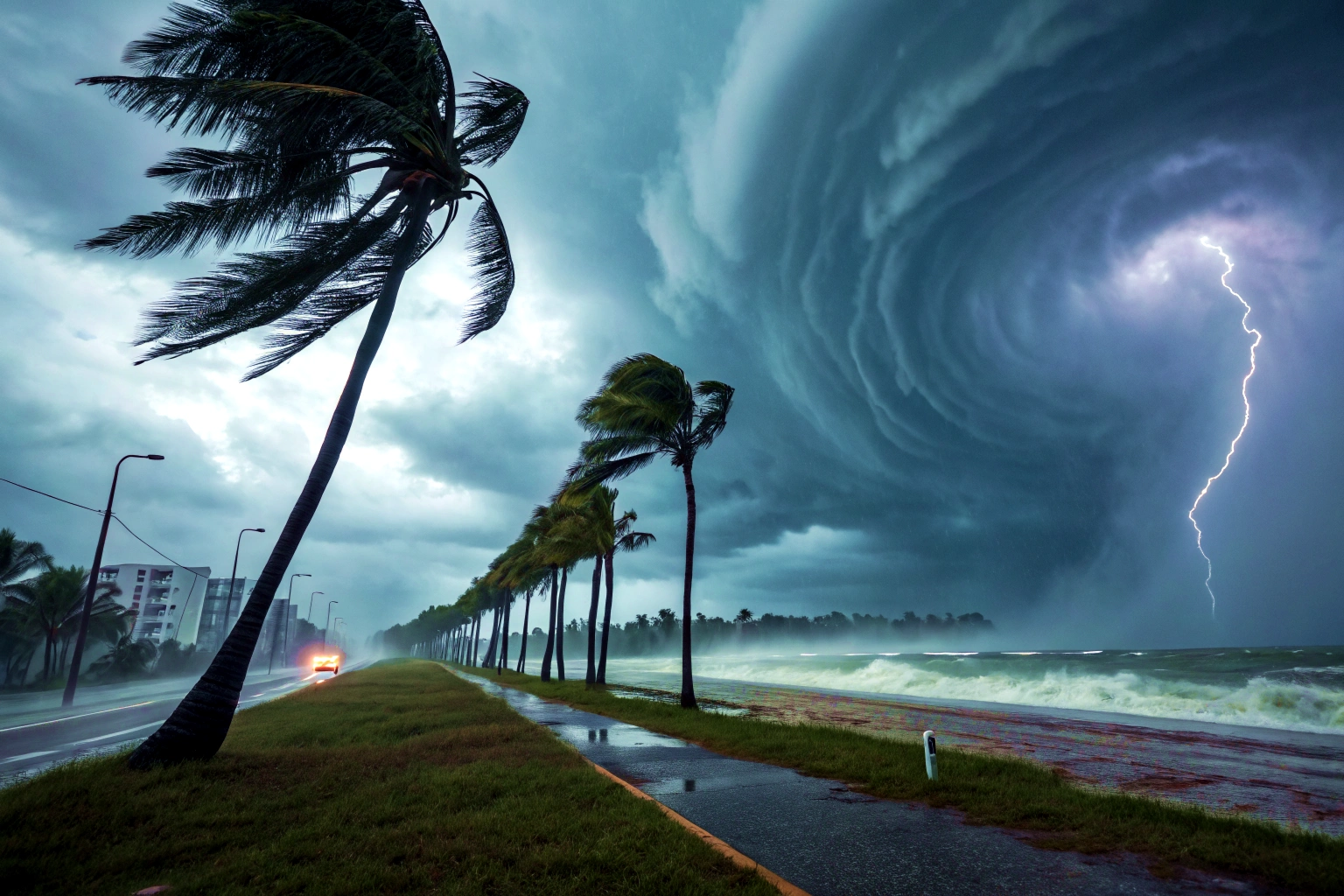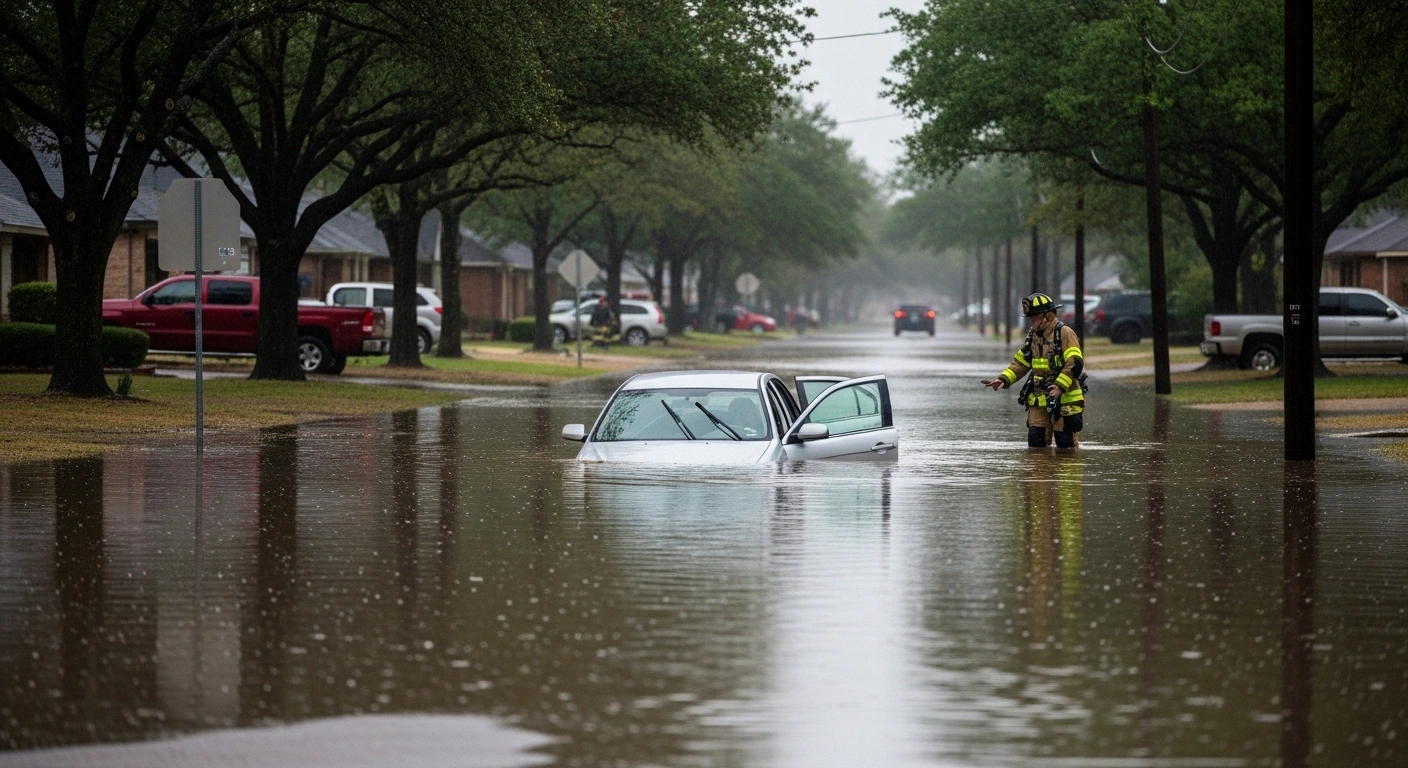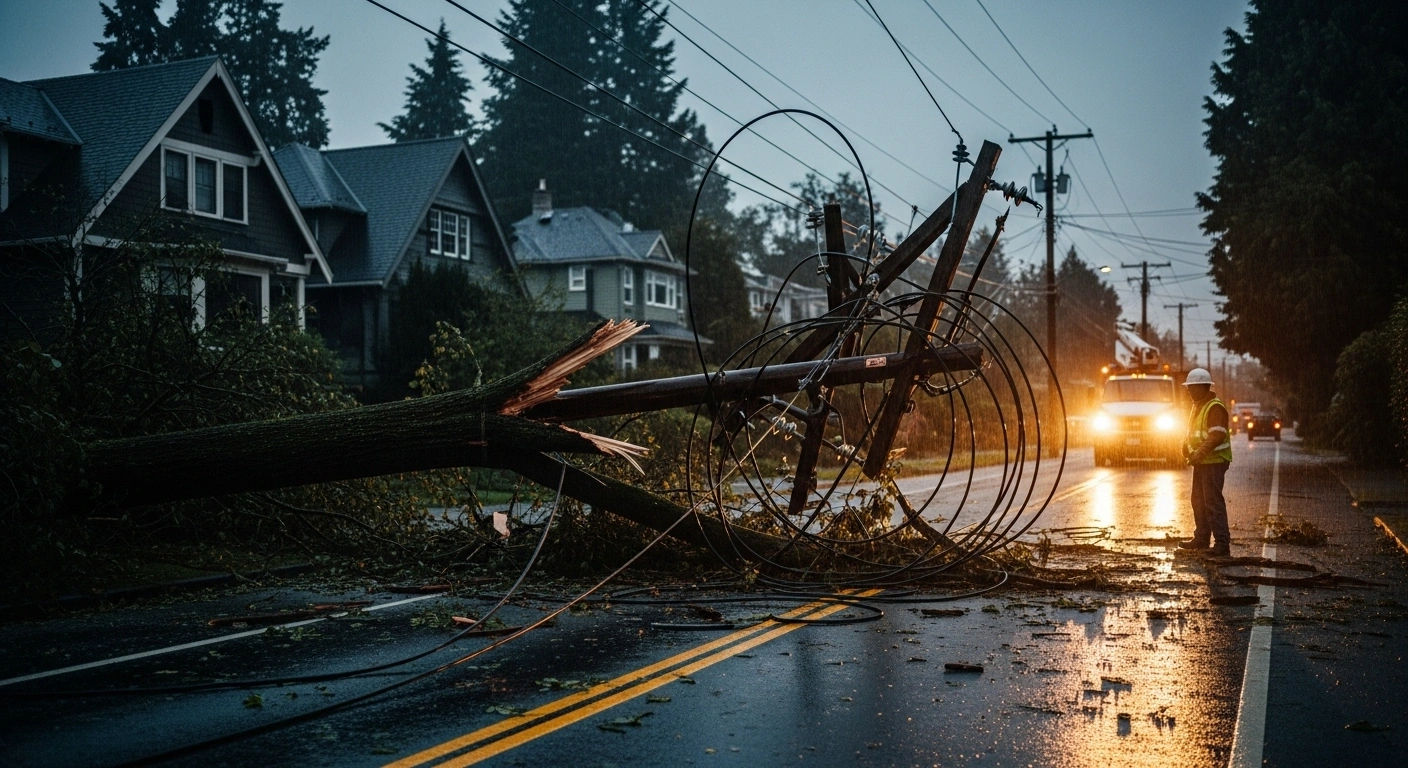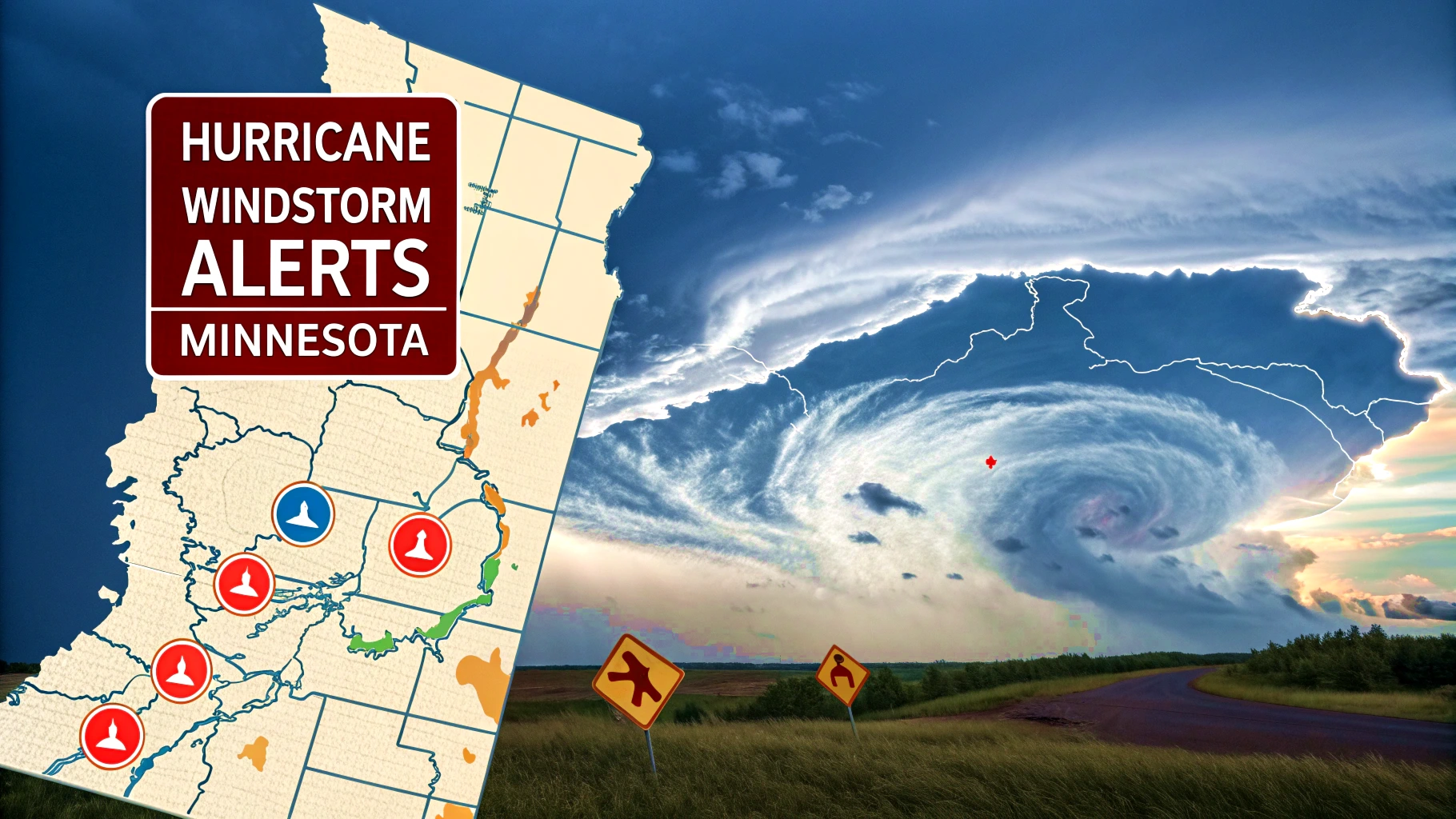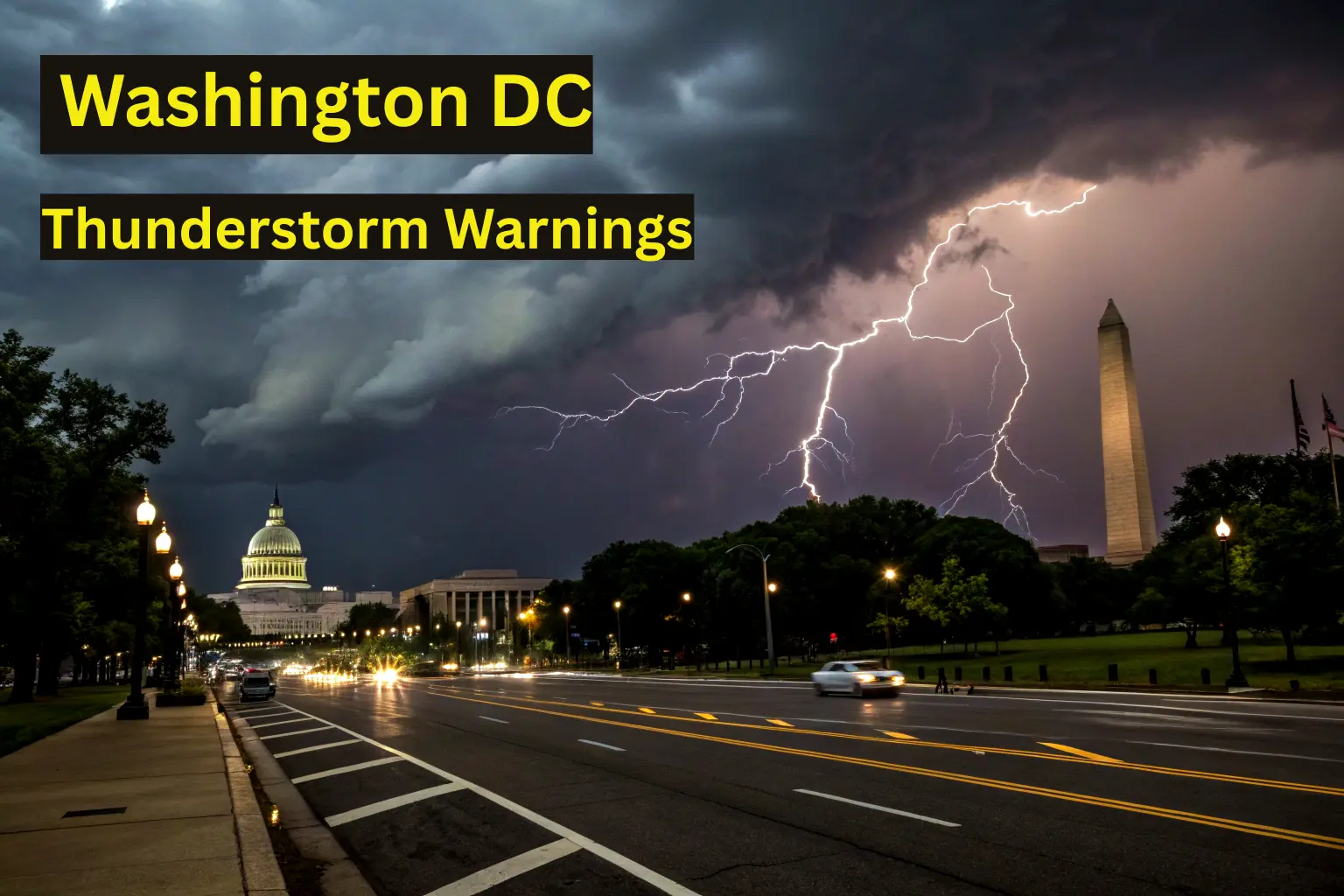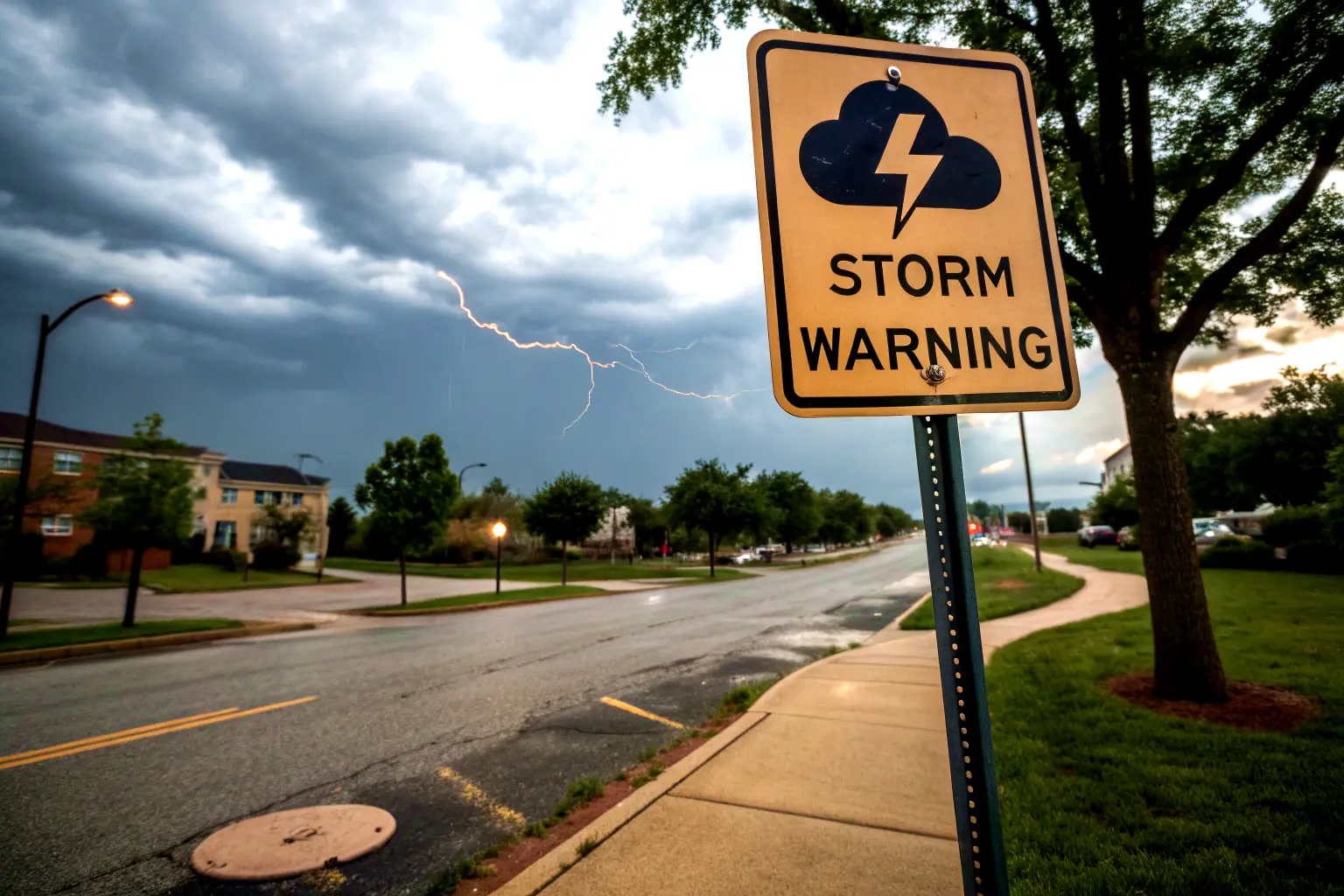Tropical Storm Melissa Threatens Caribbean With Potential Hurricane and Catastrophic Flooding
October 22, 2025
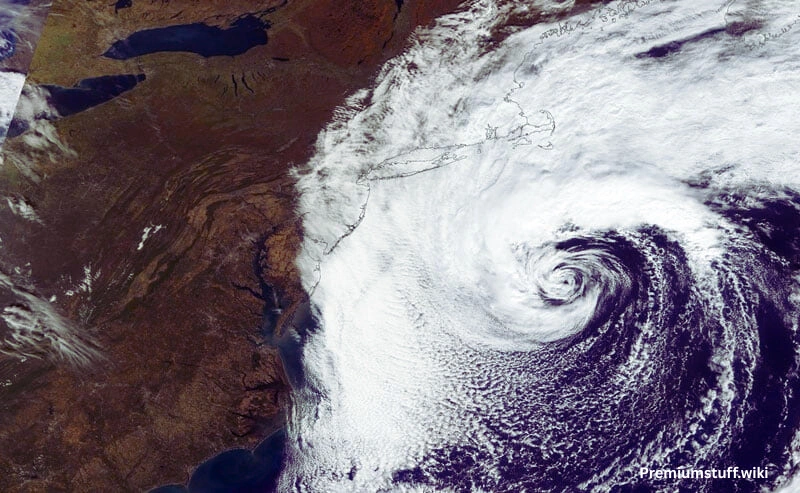
Tropical Storm Melissa has formed in the Caribbean Sea and is forecast to intensify into a dangerous hurricane while threatening several islands with potentially catastrophic rainfall and flooding. The storm, which developed Tuesday, could bring life-threatening conditions to vulnerable Caribbean nations through the weekend as it moves over record-warm waters .
Current Status and Forecast Path
As of Tuesday evening, Tropical Storm Melissa was located approximately 300 miles south of Port-au-Prince, Haiti, with maximum sustained winds of 50 mph . The system was moving westward at 13-14 mph but is expected to slow significantly in the coming days .
The National Hurricane Center forecasts that Melissa will strengthen into a hurricane by Saturday, though there is considerable uncertainty about both the storm’s future track and intensity . A Hurricane Watch is currently in effect for the southwestern peninsula of Haiti, while Jamaica is under a Tropical Storm Watch .
“Meteorologists are particularly concerned about Melissa’s potential to produce colossal rains that could trigger life-threatening flooding and mudslides across multiple islands,” according to National Hurricane Center forecasters .
Uncertainty Complicates Forecast
Where will Melissa head? This question remains unanswered as forecast models present conflicting scenarios for the storm’s future path. The uncertainty stems from weak steering currents that will dominate the Caribbean region later this week .
Two primary scenarios have emerged in forecast models:
- A northward turn bringing the storm close to Haiti and Jamaica by late week
- A continued westward track potentially threatening Central America next week
The European model favors a slower westward movement, while the American GFS model predicts a northward turn. The highly-regarded Google DeepMind AI model also leans toward a northward turn but with significant variations among its ensemble members . This lack of consensus complicates preparation efforts across the Caribbean.
“If Melissa remains over the Caribbean late this week and over the weekend, the upper-level winds could become more conducive for more significant strengthening,” the National Hurricane Center noted in its discussion .
Immediate Threats to Caribbean Islands
Regardless of its exact track, Tropical Storm Melissa poses significant dangers to multiple Caribbean nations through heavy rainfall and potential flooding.
Hispaniola, particularly Haiti and the Dominican Republic, faces the most severe threat. Forecasters predict 5-10 inches of rain could fall across the region, with isolated areas receiving even higher amounts . This rainfall could trigger devastating flash flooding and mudslides, especially in Haiti where deforestation and poverty increase vulnerability .
“Haiti is extremely vulnerable to the kind of disaster Melissa could inflict,” one analysis noted, referencing the nation’s poverty, governmental instability, and deforestation .
Jamaica and Puerto Rico are also expected to receive substantial rainfall of 1-3 inches, potentially causing flash and urban flooding . The Meteorological Service of Jamaica has already issued a Severe Weather Alert that will remain in effect at least through Wednesday morning .
Fuel From a Warming Climate
Tropical Storm Melissa is gathering strength over some of the warmest Caribbean waters ever recorded this late in the season . Sea surface temperatures in the region are at near-record levels, creating what one expert described as “rocket fuel for storms” .
Human-caused climate change has dramatically increased the likelihood of such extreme ocean temperatures. According to Climate Central’s Climate Shift Index, climate change has made the current warmth in the central Caribbean an incredible 500 to 800 times more likely to occur .
“The Caribbean’s waters haven’t usually cooled too much from their seasonal peak,” one analysis explained, noting that this combined with typically lessened wind shear makes the region particularly conducive to late-season storm development .
The ample oceanic heat extends to substantial depth, meaning even a slow-moving Melissa is unlikely to be greatly hindered by churning up cooler subsurface waters .
Historical Context of Late-Season Hurricanes
Late-season Caribbean hurricanes have a history of causing catastrophic damage and loss of life. Though the Atlantic hurricane season officially runs from June 1 through November 30, October storms developing in the Caribbean often pose particular threats due to their interaction with Central American land masses and their potential for extreme rainfall .
- Hurricane Mitch (1998): This catastrophic late-October storm killed more than 11,000 people in Central America, with another 11,000 reported missing, after dumping 30-40 inches of rain across the region .
- Hurricane Wilma (2005): Wilma set records for rapid intensification in the northwestern Caribbean, strengthening into the most intense hurricane by central pressure in Atlantic history before striking Mexico’s Yucatan Peninsula and later Florida .
- Hurricane Matthew (2016): This Category 4 hurricane claimed 731 lives and caused over $16 billion in damage after dumping more than 20 inches of rain over much of far eastern Cuba and southwestern Haiti .
More recently, Hurricane Nicole (November 2022) and Hurricane Zeta (late October 2020) demonstrated that late-season systems can still pose significant threats to the United States .
Preparations and Outlook
Residents across the Caribbean are urged to complete preparations to protect life and property by Thursday . The National Hurricane Center emphasizes that interests elsewhere in Hispaniola and Cuba should continue monitoring the storm’s progress given the significant forecast uncertainty .
For the mainland United States, the threat from Melissa remains low but not zero. Most models suggest any direct impact is unlikely, with cold fronts expected to push the system away from the U.S. coast . However, some tropical moisture could potentially reach Florida and the Southeast Coast by Sunday if the storm follows a less likely track .
As Tropical Storm Melissa continues to develop, its ultimate impacts will depend on which steering currents dominate later this week. What remains certain is that the Caribbean faces several days of dangerous weather from this slow-moving system as the 2025 hurricane season demonstrates it has no intention of ending quietly .

